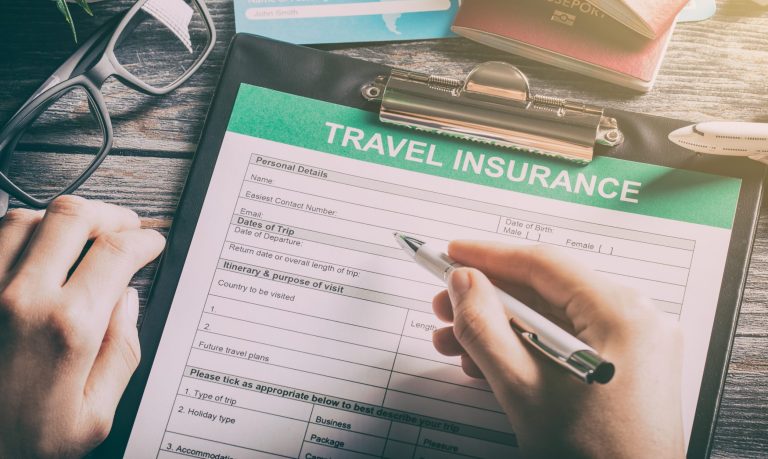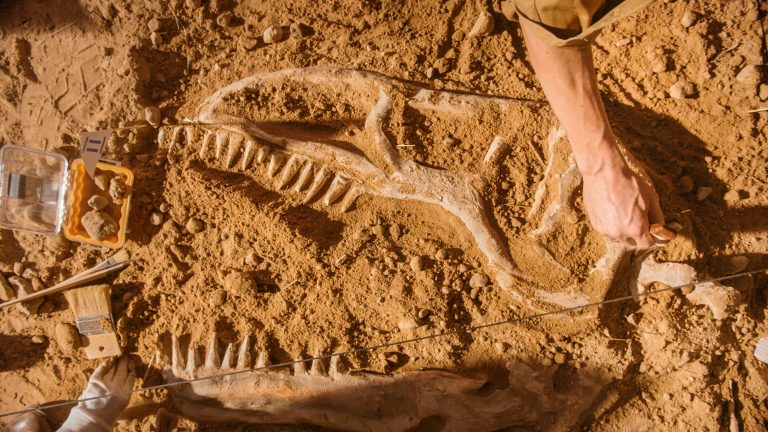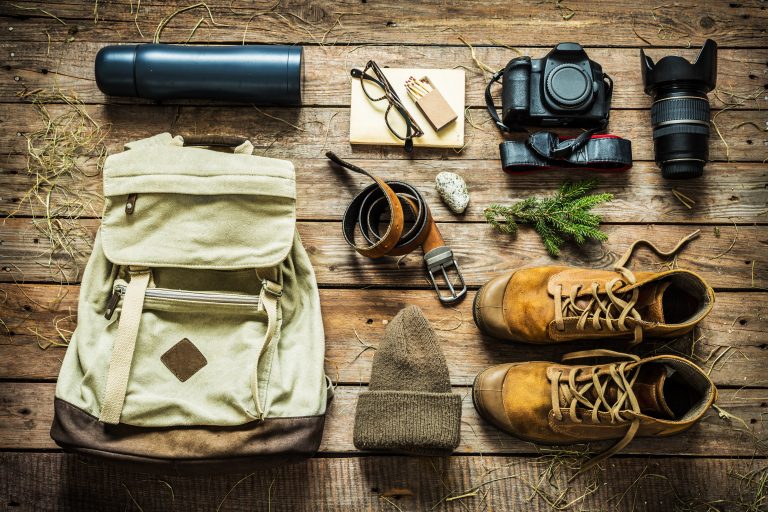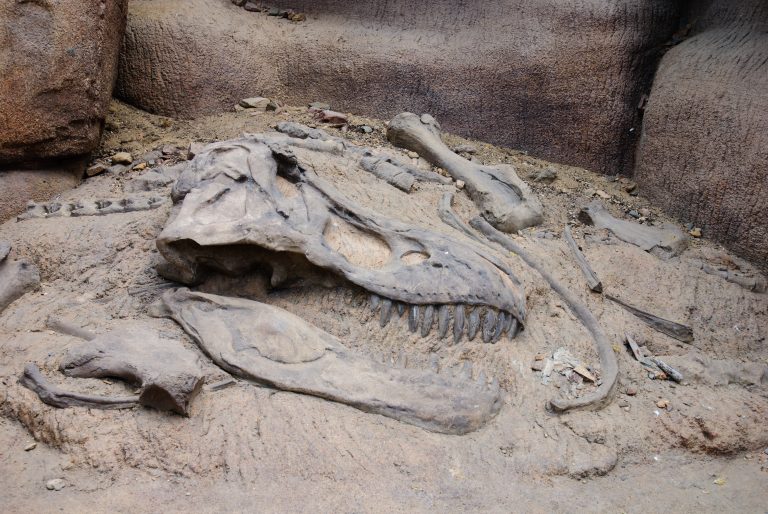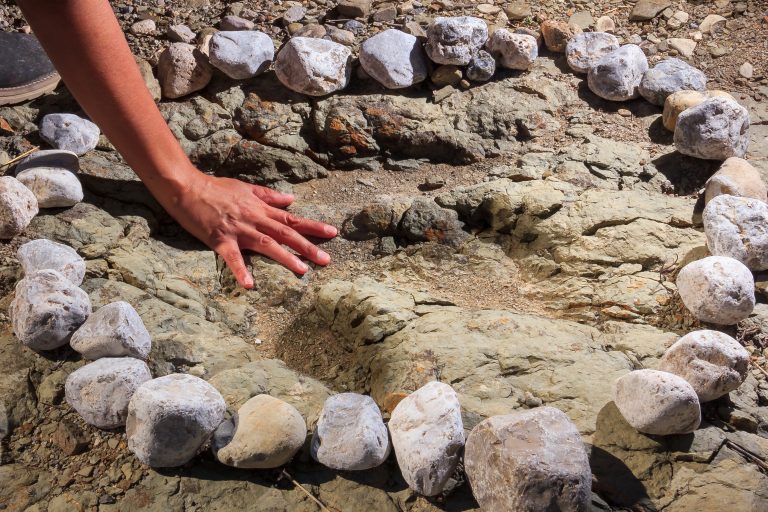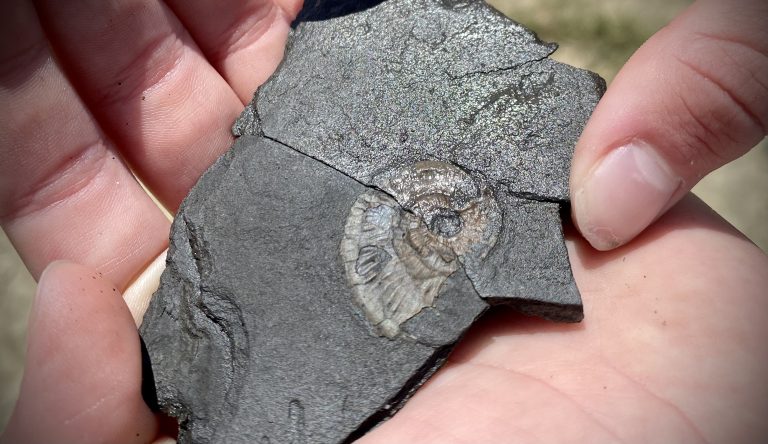7 Hidden Costs of Fossil Tourism Explored

Embarking on a journey through time, fossil tourism offers a unique window into our planet’s distant past. But before setting off to uncover ancient treasures, it’s wise to dig a little deeper into the potential costs that can fossilize your budget if not anticipated.
Fossil tourism is an adventure for prehistoric enthusiasts, offering the thrill of unearthing relics from mammoth and dinosaur eras. Beyond the excitement lies a layer of hidden costs that can turn your dream trip into a financial nightmare. Let’s uncover these expenses and ensure your fossil-hunting expedition doesn’t break the bank.
1. Travel Expenses

Sure, you’re ready to chase after the fossils of your dreams, but have you considered the journey to get there? Travel expenses can add up faster than you can say “Pterodactyl.” Flights, car rentals, and gas aren’t cheap, and they can vary wildly depending on your destination. I once had to fly halfway around the world for a glimpse at a rare trilobite—ouch on the wallet!
Don’t forget the little things, either. Airport parking, tolls, and even that emergency road snack (because who can resist dinosaur-shaped gummies?) can nibble away at your budget. It’s best to map out your travel costs ahead of time—both the obvious and the obscure. This way, you won’t be blindsided by the price of your prehistoric pilgrimage.
Hey hey! Don’t forget to subscribe to get our best content 🙂
2. Permit Fees
You might think that fossils are free for the taking, but many sites require permits for excavation or even just visiting. These fees contribute to conservation efforts and site maintenance, which is fantastic, but they can also be a surprise hit to your wallet. I remember the shock of a hefty permit fee at a famous dig site—it was a real “Jurassic” jolt to my finances.
In some regions, you might even need multiple permits: one to access the land and another to collect fossils. And let’s not forget the potential cost of exporting your finds (because customs officials don’t always share our paleontological passion). Always research the local regulations and factor these permits into your budget.
3. Equipment Costs
You can’t just show up and expect to start digging with your bare hands—well, you could, but I wouldn’t recommend it. Proper equipment is essential, from sturdy boots and hammers to fine brushes and protective gear. This stuff isn’t always cheap, and skimping on quality could mean the difference between a successful dig and a fossil fiasco.
Consider the cost of gear rental versus purchase—sometimes it’s better to invest in your kit, especially if you catch the fossil-hunting bug. Also, remember that equipment can wear out or break, so having a contingency fund for replacements is a smart move (speaking from the voice of experience here).
4. Accommodation Fees
Unless you’re planning to rough it in a tent (which comes with its own set of costs), you’ll need a place to rest your weary bones after a long day of fossil hunting. Hotels, lodges, or local rentals can vary from dirt-cheap to downright extortionate, especially in remote or popular areas. I’ve slept under the stars to save a dime, but I’ve also splurged on a hot shower and a comfy bed when my back demanded it.
Booking in advance can save you some cash, but be aware of peak seasons when prices skyrocket. And consider the location—staying further from the dig site might save money, but then you’re back to those pesky travel expenses. It’s all about balance (and sometimes a bit of luck).
5. Guided Tour Rates

If you’re new to the Fossil Game, a guided tour can be invaluable. Experts can lead you to the best spots and teach you proper excavation techniques. However expertise comes at a price, and guided tours can be one of the biggest expenses of your trip. I’ve learned heaps from seasoned pros, but my bank account felt the weight of that knowledge.
Some tours include additional services like meals or transportation, which might help justify the cost. However, it’s important to compare different tour operators and understand exactly what you’re paying for. Remember, the most expensive option isn’t always the best—you’re looking for fossils, not fool’s gold.
6. Impact Fees
This one’s a bit of a double-edged sword. Impact fees are charges that support the preservation of the sites and the local community, which is incredibly important. But they can also be an unexpected line item in your budget. I’m all for contributing to the areas I explore, but I’ve been caught off guard by the size of some fees.
These fees are often rolled into permit costs or tour prices, so read the fine print to avoid surprises. And while it may sting to pay up, remember that your contribution helps ensure these wonders are around for future generations of fossil fanatics.
7. Insurance & Safety
Let’s get real—digging around in the dirt isn’t without its risks. Travel insurance is a must, and it needs to cover any specific activities you’ll be doing. Medical emergencies, equipment loss, or cancellations can strike at any time, and you’ll be thanking your lucky stars (or ancient ammonites) that you’re covered.
Safety equipment is also non-negotiable. A helmet might mess up your hair, but it’s better than a rock doing the job. Don’t skimp on insurance or safety—it’s the kind of expense that seems unnecessary until it’s necessary.
Mitigating Unexpected Expenses
Now that we’ve uncovered the hidden costs, let’s talk about keeping them in check. Planning is your best tool—budget for the expected, and then add a cushion for the unexpected. Research is key: understand the full scope of potential expenses, from permits to pickaxes.
Consider joining a group or society that offers discounts on tours and gear. And don’t be afraid to ask for advice from seasoned fossil hunters (we love to share our tales of triumph and woe). Remember, a well-prepared explorer is a happy explorer.
Conclusion: Sustainable Practices
Fossil tourism can be a gateway to incredible experiences and scientific discovery, but it comes with responsibility. By being aware of the hidden costs, not only can we protect our wallets, but we can also contribute to the sustainability of these precious sites. It’s about respecting the past, enjoying the present, and preserving the future.
Let’s embrace the thrill of the hunt while maintaining ethical practices and supporting the communities that host us. Fossil tourism is a journey worth taking, costs and all, as long as we tread lightly and leave only footprints—preferably not fossilized ones.
As we close this chapter on the hidden costs of fossil tourism, remember that the true value lies in the experience and the knowledge gained. With a bit of planning and foresight, your prehistoric adventure can be as rewarding as the fossils you seek—without any financial fossils left in your bank account.

